
Many dog owners are familiar with the ‘guilty look.’ Ears back, head lowered, and eyes averted are often displayed after a pet has misbehaved. This expression is commonly interpreted as an indication of guilt or shame. However, scientific research suggests that this behavior may not signify what we think. Studies indicate that the ‘guilty look’ is more likely a response to the owner’s cues rather than an expression of the dog’s understanding of wrongdoing. Dogs may display these behaviors in reaction to their owner’s tone, body language, or scolding, regardless of whether they have committed an offense. This implies that the ‘guilty look’ is not necessarily an admission of guilt but rather a learned response to human behavior.
Canine Emotions: Primary vs. Secondary

Dogs experience primary emotions such as joy, fear, and anger. However, the existence of secondary emotions like guilt or shame in canines remains a topic of debate among researchers. Secondary emotions require a level of self-awareness that dogs may not possess. Therefore, attributing feelings of guilt to dogs based solely on their expressions may be an anthropomorphic projection rather than an accurate interpretation of their emotional state.
The Role of Human Cues in Eliciting the ‘Guilty Look’

Research has shown that dogs are highly attuned to their owner’s body language and vocal tones. They can associate specific cues with impending reprimands, leading them to display behaviors humans interpret as guilt. This suggests that the ‘guilty look’ is more of a reaction to human behavior than an indication of the dog’s understanding of a misdeed.
Studies Challenging the Guilt Assumption
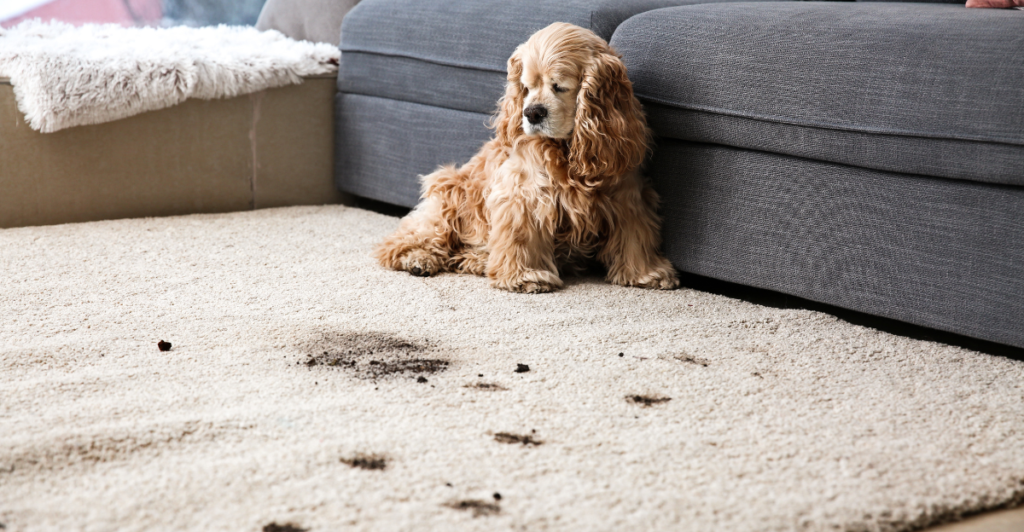
In a study by Dr. Alexandra Horowitz, dogs were observed under conditions where they were either guilty of disobeying a command or falsely accused. The findings revealed that dogs displayed ‘guilty’ behaviors regardless of actual guilt, particularly in response to scolding from their owners. This challenges the notion that such expressions are reliable indicators of a dog’s comprehension of wrongdoing.
Fear vs. Guilt: Interpreting Canine Behavior
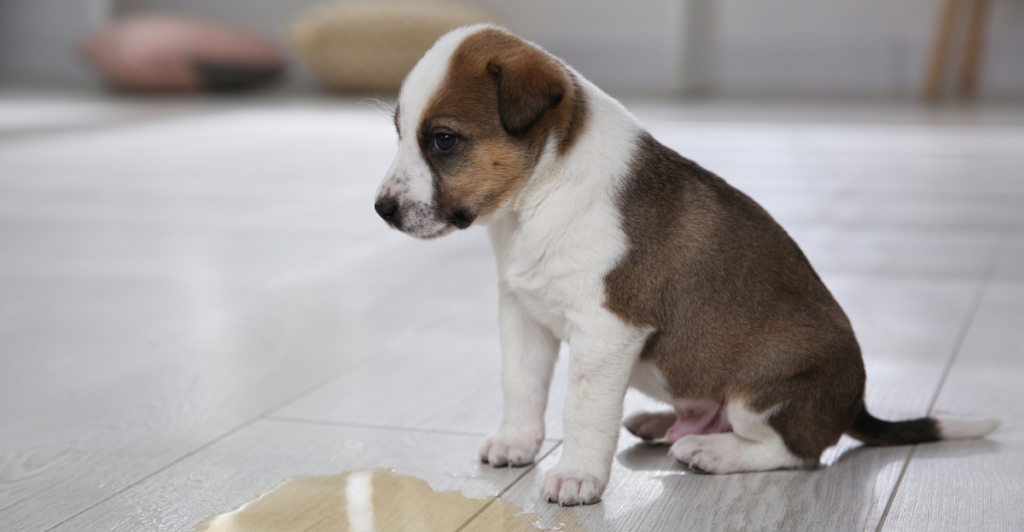
The physical signs humans interpret as guilt, such as cowering or avoiding eye contact, are also common indicators of fear in dogs. It’s plausible that what is perceived as guilt is a dog’s attempt to appease its owner and avoid punishment. Recognizing this distinction is crucial for appropriate responses to canine behavior.
Anthropomorphism: Projecting Human Emotions onto Dogs
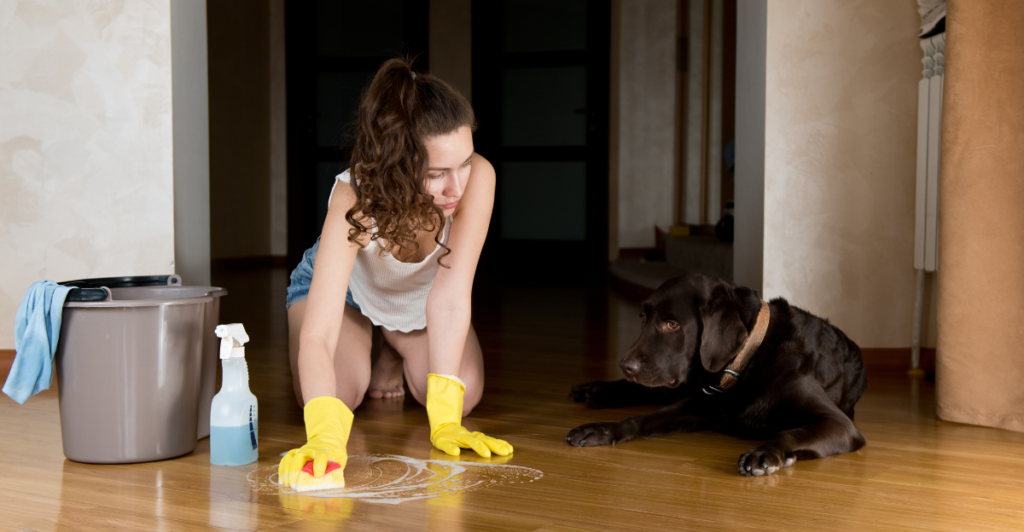
Anthropomorphism involves attributing human characteristics to animals. While this can enhance the human-animal bond, it may lead to misunderstandings of canine behavior. Assuming dogs feel guilt as humans do can result in misinterpretations and inappropriate disciplinary actions.
Training Implications: Addressing Misbehavior Effectively
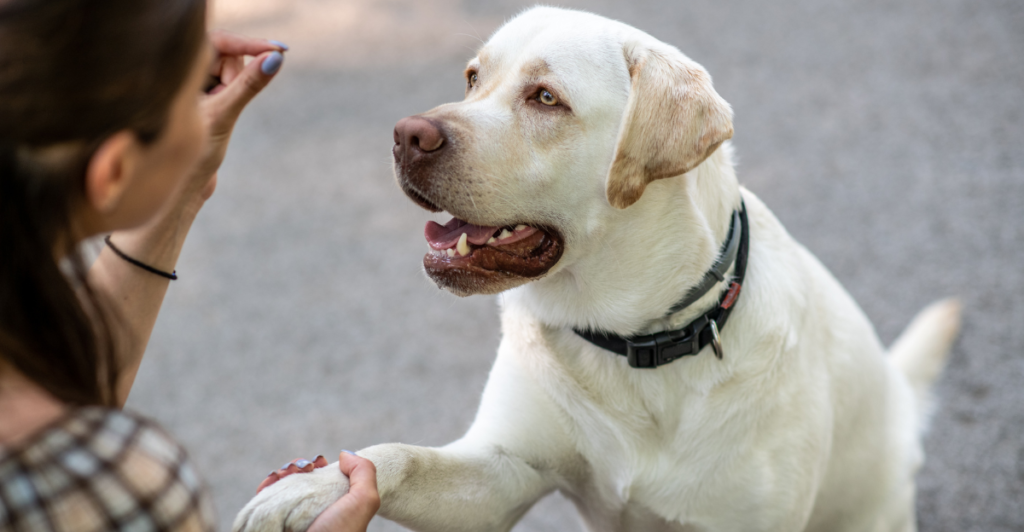
Understanding that the ‘guilty look’ may not signify actual guilt is essential for training. Positive reinforcement techniques reward desired behaviors and are generally more effective and humane than punishment-based methods. Recognizing the limitations of canine emotional comprehension can lead to more effective training strategies.
The Importance of Timing in Canine Discipline
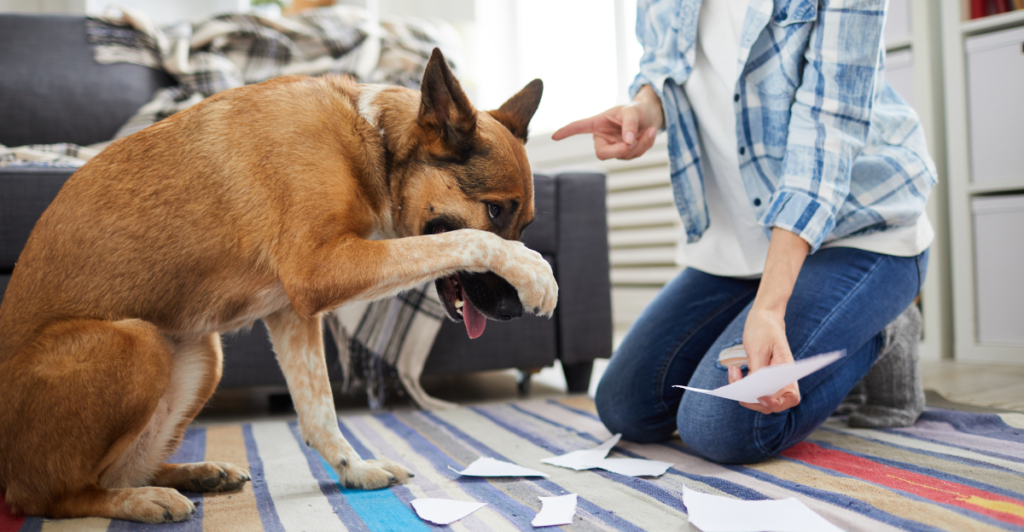
Feedback must be immediate so that dogs associate a behavior with its consequences. Delayed reprimands are ineffective, as dogs are unlikely to connect the punishment with the misdeed. This underscores the importance of timely responses in behavior correction.
Enhancing Communication: Understanding Canine Body Language
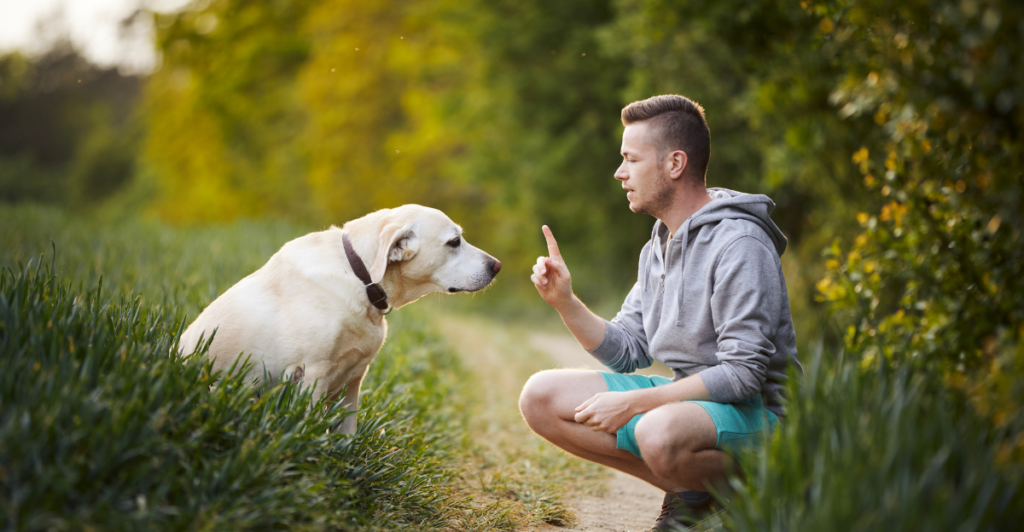
Building a strong relationship with a dog involves interpreting their body language accurately. Recognizing signs of stress or fear, rather than mislabeling them as guilt, can improve interactions and training outcomes. This understanding fosters a more empathetic and practical approach to canine companionship.
The Ongoing Debate: Do Dogs Experience Guilt?
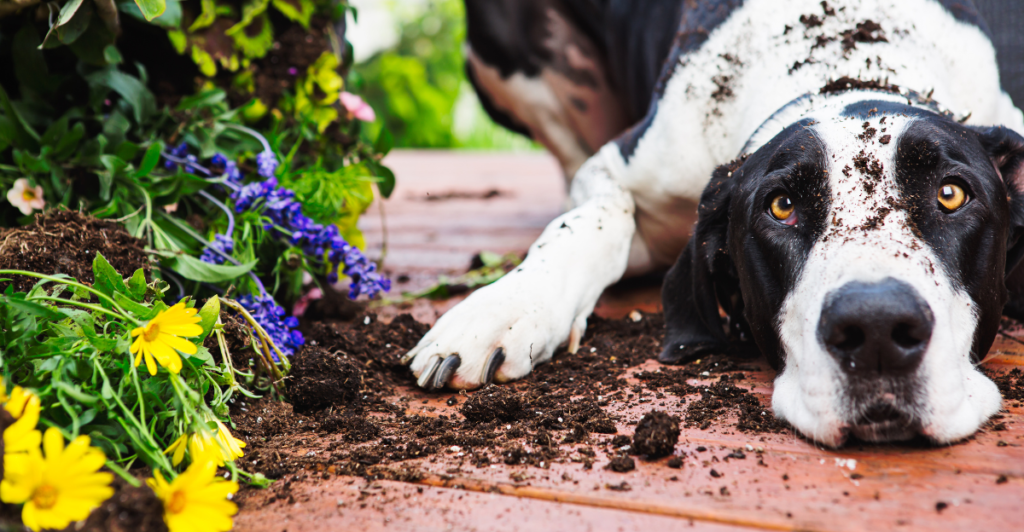
While current research suggests that dogs may not experience guilt in the human sense, the topic remains under investigation. As our understanding of canine cognition evolves, interpretations of behaviors like the ‘guilty look’ may be further refined. Ongoing studies continue to explore the complexities of canine emotions.
Rethinking the ‘Guilty Look’

The ‘guilty look’ in dogs is likely a response to human cues rather than an expression of guilt. Recognizing this can lead to more effective training methods and a deeper understanding of canine behavior. Approaching dog training with empathy and knowledge enhances the human-animal bond and promotes positive interactions.
Explore more of our trending stories and hit Follow to keep them coming to your feed!

Don’t miss out on more stories like this! Hit the Follow button at the top of this article to stay updated with the latest news. Share your thoughts in the comments—we’d love to hear from you!







